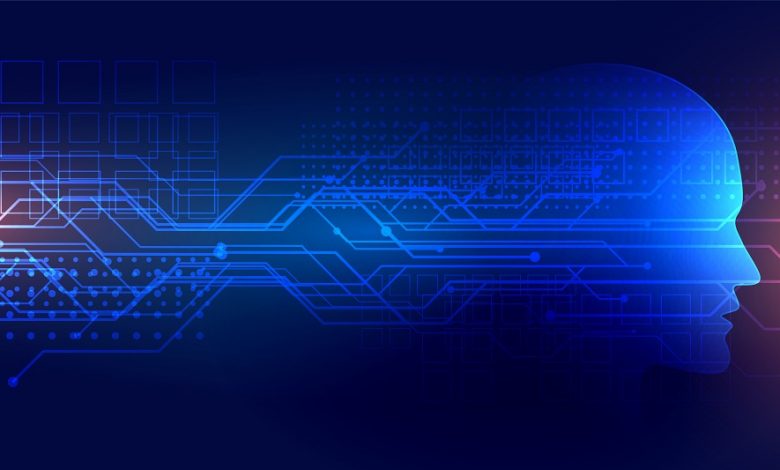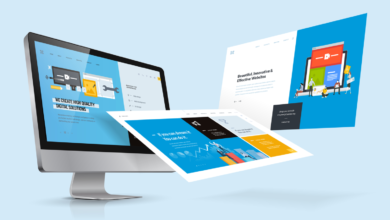How AI can help in predicting disease threats?

The COVID-19 pandemic has put breakthrough technologies like AI, Machine Learning, and data analytics to test in real-time. For a long time now, the capabilities of AI and Machine learning have been the talk of the town, and people have been eager to see how these sophisticated algorithms can help humanity in the event of a catastrophe.
While countries are grappling to control the spread of the coronavirus with the aid of technological advancements, this article discusses whether AI is capable of predicting disease threats or not.
AI in the wake of COVID-19 pandemic
BlueDot, a Canadian artificial intelligence firm has been in limelight recently for displaying its advanced capabilities in AI when it comes to predicting diseases. The firm’s AI algorithm predicted the outbreak of the COVID-19 pandemic and issued warnings ahead of the World Health Organization. The Algorithm leveraged huge amounts of data collated from airline data, reports from animal and plants disease tracking networks, and stories across various languages to predict disease outbreaks and trace disease spreads.
Companies like BlueDot and Metabiota use Natural Language Processing (NLP) algorithms to monitor official healthcare reports, news outlets, social media data, air-travel data, and any other such relevant data to predict the spread of a disease. Metabiota’s report on the COVID-19 pandemic is a solid case in point when it comes to assessing AI’s prediction capabilities. The firm’s report on Feb 25th predicted 127,000 cumulative cases around the globe by March 3rd and also anticipated a list of countries that may report new cases vis a vis the coronavirus infections. The countries include China, Italy, Iran, and the US. Well, seemingly, the results seem fairly accurate.
How data is driving AI to connect the dots
Data is the fuel for AI’s engine. Companies are exploring the capabilities of AI and Machine Learning in unlocking the potential of big data and predicting disease threats. Stratifyd, a data analytics company that hails from North Carolina, is building an AI algorithm to monitor posts on social media platforms like Facebook and Twitter and cross–check them with disease descriptions taken from National Institutes of Health, the World Organisation for Animal Health and the global microbial identifier database (stores the genome sequencing information).
Apart from predicting diseases, AI, Machine Learning, and data analytics are also helpful in developing drugs for contagious diseases. These advanced algorithms possess the capability to study and analyse millions of biological or molecular structures quickly to understand PPIs (Protein-Protein interactions) and build relevant epitomes (basic combinations of acids to develop vaccines or drugs) accordingly. SRI International, an American non-profit, scientific research institute, is implementing AI tools to assist scientists in drug development.
Can AI be relied upon to predict disease threats?
The accuracy of AI’s results depends on the quality and integrity of the input data. However, the plethora of data available today is highly unstructured and requires intense cleansing and organizing to glean meaningful insights. Deep learning is a new technique that is leveraged to process the unstructured data meticulously and provide clean and quality data for AI.
In situations of fast-spreading diseases, like the one we are facing now – the COVID-19 pandemic – fake and inaccurate information spreads like a wildfire. In these circumstances, media may exaggerate things while authorities may sugar coat them. This creates inconsistency in data related to the disease spread and makes it difficult to predict disease spread accurately. Also, improper analysis of the disease data leads to data gaps and outliers which may spoil the results of AI predictions holistically.
Additionally, viruses can mutate while traveling across various hosts. People across different geographies can be affected by a deadly flu in different periods. To understand the medium of transmission for the flu and underpin accurate flu symptoms, it is necessary to access public health data from various regions. But the current-day data security and privacy regulations are hindering the health data collection and the process of examining the virus proteins in-depth. Ahmer Inam at Pactera Edge, a data and AI consultancy firm, states that predictions would do better if public health data wasn’t confined just to government agencies, as it is in many countries, including the US.
Finally
Any AI model is as good as the data provided to it. While AI pledges to identify disease threats and predict how fast diseases may spread, data gaps and poor-quality data may leave the AI algorithms skewed. Though there are limitless possibilities for countries and the Healthcare industry to advance with the power of AI, a lot more time, data, and collaboration between nations is essential to bring this vision to life. Since all of the critical factors are in short supply now, AI may not be of much help with the present-day COVID-19 pandemic but certainly could be of assistance for the next one.





